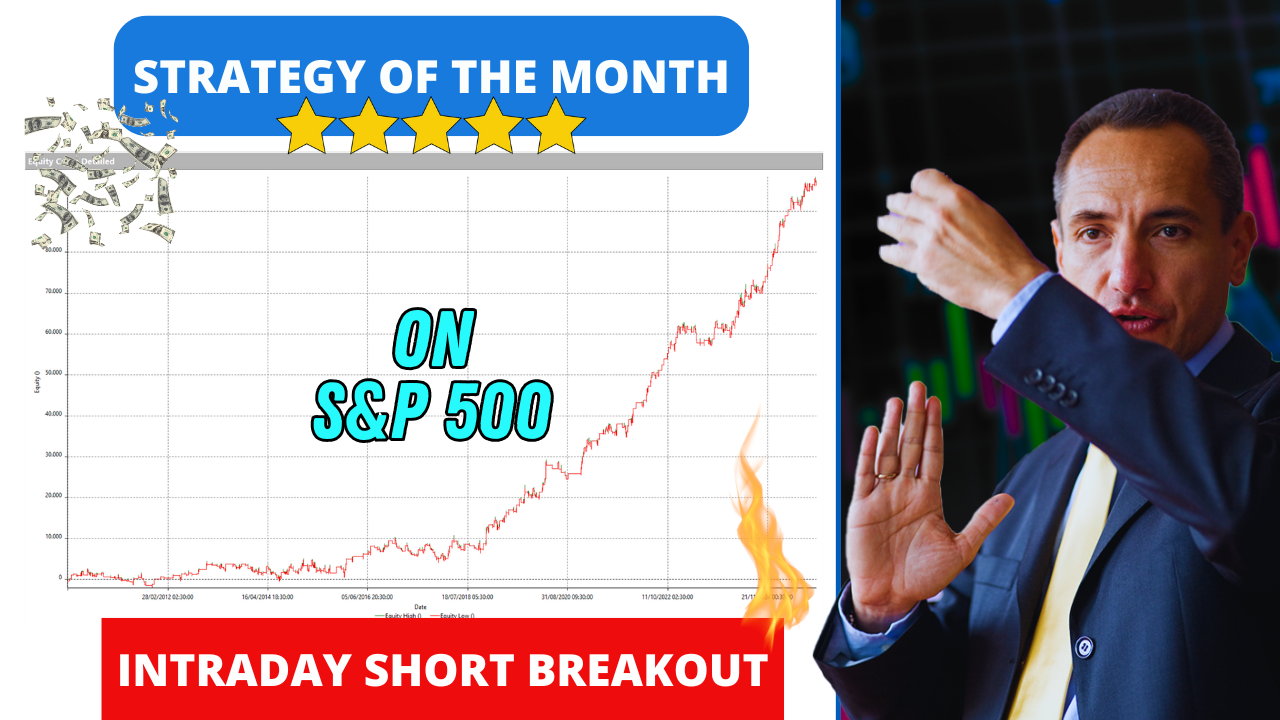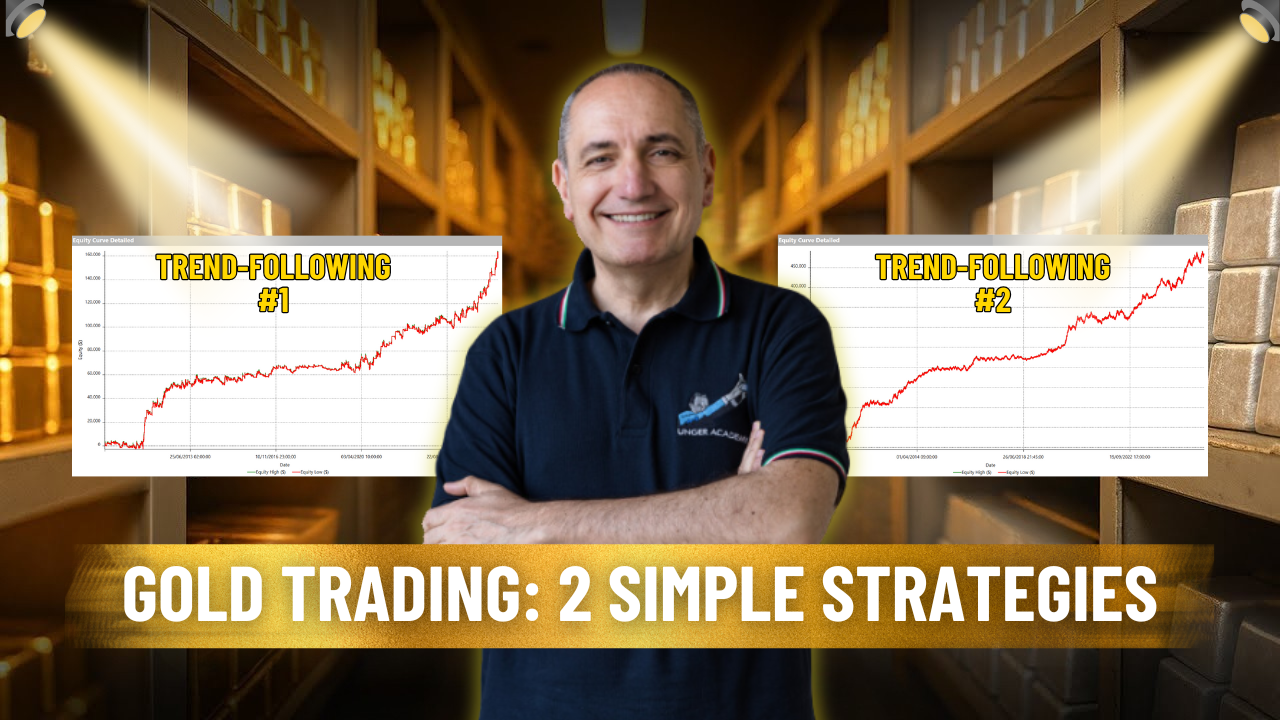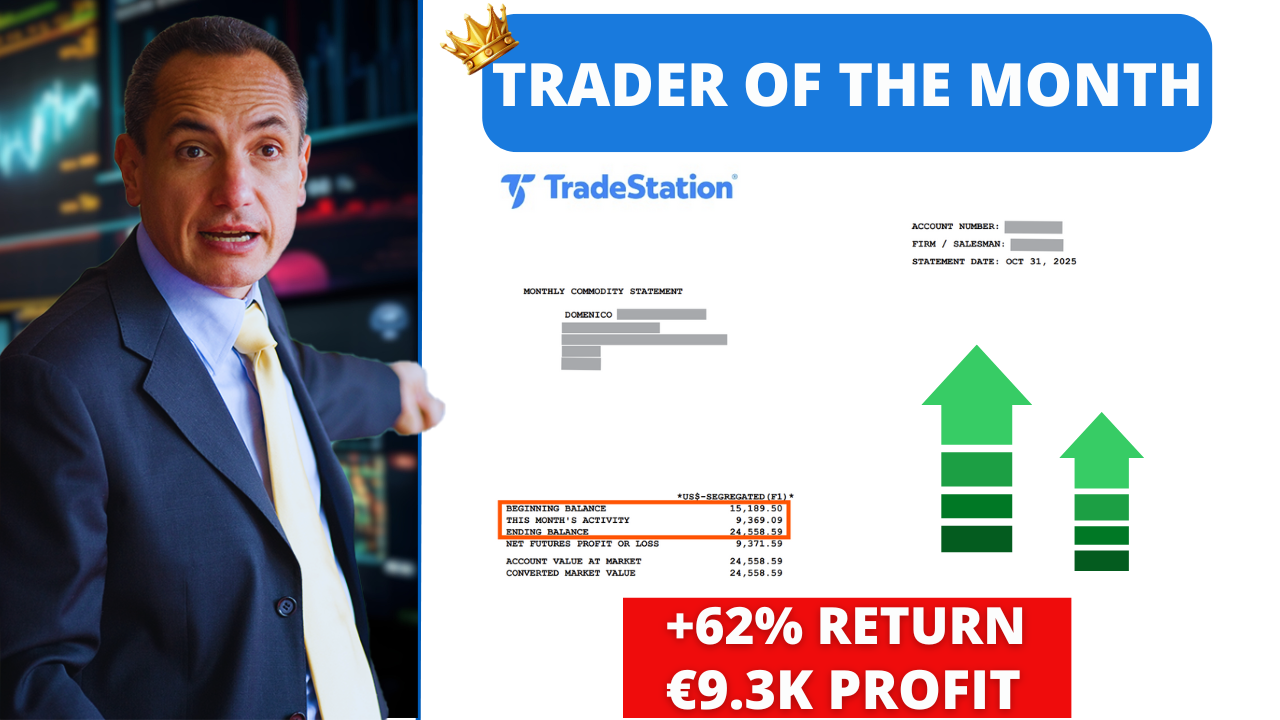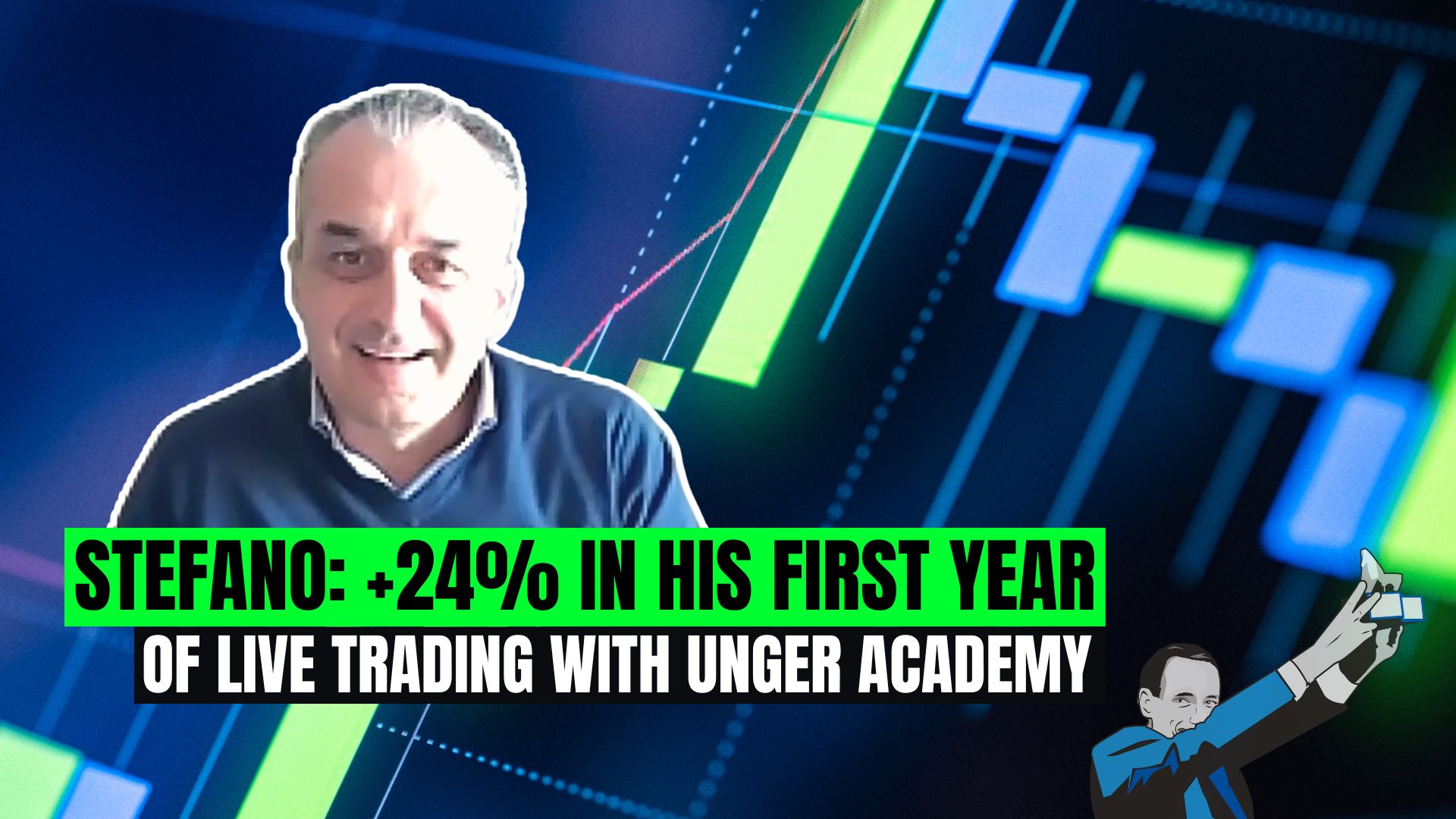Need More Help? Book Your FREE Strategy Session With Our Team Today!
We’ll help you map out a plan to fix the problems in your trading and get you to the next level. Answer a few questions on our application and then choose a time that works for you.
In this post, we will examine the software/hardware requirements needed for systematic trading, taking into account not only the trading platform but also the data feed service, the features of the PC used, and VPS services.
Software and Hardware Requirements for Systematic Trading
To get started with automated trading, I recommend using the MultiCharts platform connected to the IQFeed data feed. At the moment, we believe this setup is one of the most stable. In fact, it’s especially great for the simplicity of its language, which allows for much faster system development compared to other platforms (for example MT4 or NinjaTrader, which use more complex programming languages).
Alternatively, some students prefer the TradeStation platform. It is an All-In-One solution, as it integrates the platform, data feed, and brokerage service, all managed by TradeStation Brokerage Service.
MultiCharts and TradeStation practically share the same language. Therefore, about 99% of scripts can be copied from one platform to the other without any changes.
Keeping Costs Down
If you want to keep your initial costs down, TradeStation can be an advantageous solution. The platform is provided free of charge to customers who meet certain requirements and also allows you to avoid the $10/month inactivity fee, which only applies if:
- – The average account balance is less than $5,000, or
- – Fewer than 10 trades have been placed in the previous 90 days.
As for market data, TradeStation offers the Globex Value Bundle, which includes real-time (bid, ask, and trade) data for the US markets:
- – Chicago Mercantile Exchange (CME)
- – Chicago Board of Trade (CBOT)
- – New York Mercantile Exchange (NYMEX)
- – Commodity Exchange (COMEX)
EUREX market data is excluded, but it can be added at a cost of about $28/month.
MultiCharts and IQFeed Costs
If, on the other hand, you opt for MultiCharts connected to IQFeed, here are the main costs to consider:
- – A one-time fee of $1,100 for the MultiCharts license (discounted price for Unger Academy students) at the end of the 90-day trial period (an exclusive bonus for students compared to the standard 30 days).
- – About $100 per month for IQFeed data, with variable costs depending on the packages you subscribe to.
It is important to note that during the free IQFeed trial period, the intraday data download is limited to only 4 days for each instrument. Once you activate the full subscription, historical data will be available starting from 2006 or 2008, depending on the underlying asset.
In our student forum, we make the historical data downloaded from IQFeed available so that new users can start right away with reliable data at no additional cost.
Hardware Requirements to Run the Platforms
The hardware requirements for MultiCharts and TradeStation are similar, although MultiCharts requires slightly more resources due to its 64-bit version. The recommended setup is:
- – At least 2 cores and 4 virtual threads (from an Intel i5 upwards, for example)
- – At least 4 GB of RAM for strategy development
Working on a VPS and Local PC
To run your strategies live, we recommend renting a VPS (Virtual Private Server). This is a remotely accessible virtual computer where you can install a copy of MultiCharts or TradeStation to ensure stability and continuous operation. However, it is important to keep in mind:
- – Licenses: If you want to work simultaneously on a local PC and a VPS, you will need a second MultiCharts license or a Backtest Edition license. The same applies to TradeStation users.
- – Data feed: You need two separate live data accounts, one for your local PC and one for the VPS. Alternatively, you can save historical data on your local PC and keep the live data active only on the VPS.
This setup helps avoid operational interruptions and ensures maximum flexibility in strategy development and monitoring.
Why Choose a VPS for Live Trading?
The main advantages of renting a VPS include:
- – Low risk of power outages: The leading providers have uninterruptible power supplies (UPS) to ensure operation even in the event of a power outage
- – Stable and redundant connection: The data centers hosting the VPS have multiple internet connections, minimizing the risk of interruptions.
The most reliable providers we recommend are Auxilium and OVH, both offering scalable solutions suitable for different needs. Personally, I’ve had great experiences with Auxilium, which offers flexible plans and excellent customer support.
With regard to VPS, I always recommend starting with solutions that have at least 2 CPUs and 4 GB of RAM to prevent the platform from crashing during live trading. Personally, I opted for the 4-core and 8 GB RAM setup to be on the safe side, and overall, it has worked quite well.
If the number of active strategies increases and there is a greater demand for resources, you can then upgrade to a Cloud Pro VPS server (which is scalable and therefore adaptable to your needs in terms of available resources), or a dedicated server (which, in my opinion, is the best solution and, among the ones I have tested, has proven to be the most stable and high-performing).
I hope this post on the software/hardware requirements for automated trading has been helpful to you!
Goodbye from Andrea Unger, see you soon!
Transcription
Need More Help? Book Your FREE Strategy Session With Our Team Today!
We’ll help you map out a plan to fix the problems in your trading and get you to the next level. Answer a few questions on our application and then choose a time that works for you.







